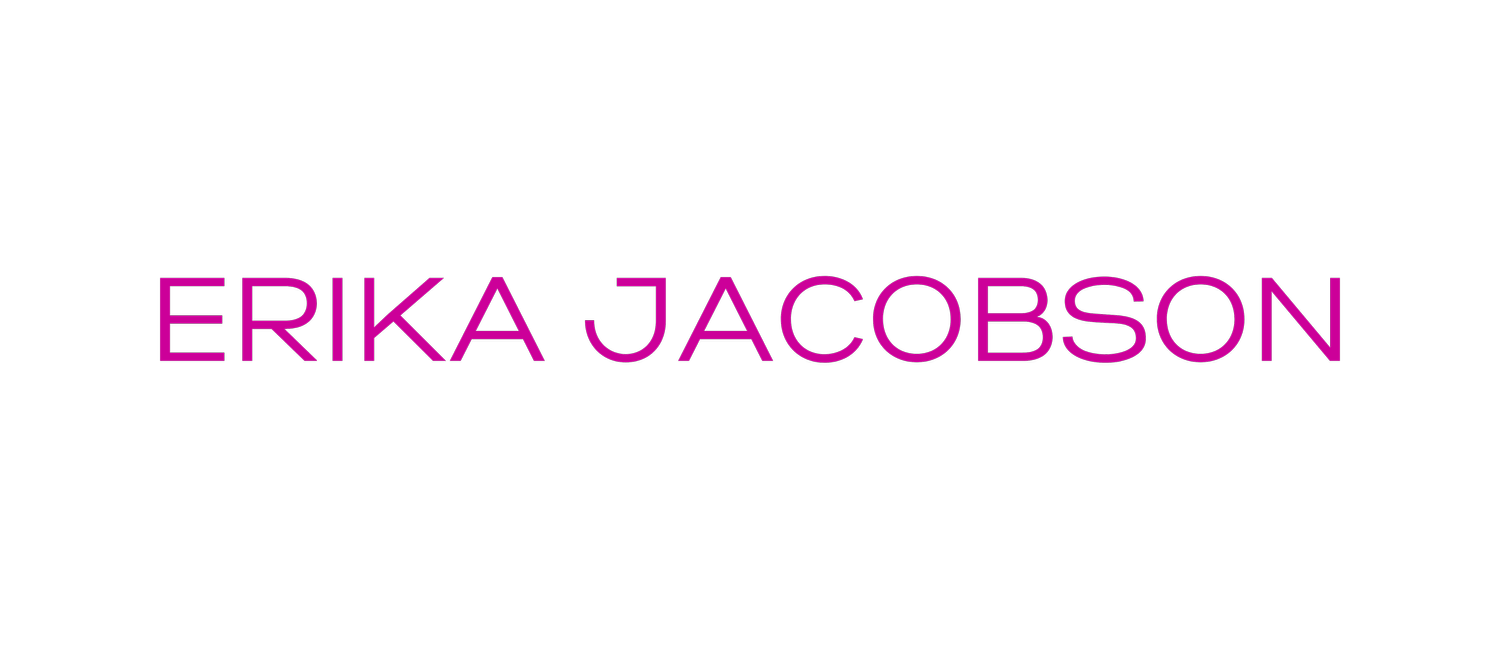3 Thoughts on Transformation
…a new self-understanding, a fresh sense of who you are and what you’re up to’
Warren Ziegler
The word transformation signals lofty aspirations and mystical qualities.
The word ‘transformative’ is frequently used to qualify practices like research, leadership, learning, practice, mediation, and change.
Through overuse and misuse the term is at risk of losing its impact and becoming a buzzword like ‘empowerment’ and ‘participatory’.
Here are three observations I’ve made as a researcher and practitioner of a ‘transformative’ practice through my at Murdoch University, Act Out and Edgewalkers.
1. Transformation is permanent - when something is transformed it does not change back.
The common metaphor of the butterfly that cannot return to being a caterpillar is a good example.
Another common analogy is that of riding a bicycle. It can take some time but once a person ‘gets’ the balance right and rides the bicycle, they cannot go back to not knowing how to ride one.
They can choose NOT to ride one, but they are able to if they choose to.
In the same way, we assume certain things about ourselves and our lives. Then we act and understand our experience through these assumptions. We accept certain values, knowledge, beliefs and attitudes as being true.
Then we build our realities on them.
For example:
I’m not good at saving money.
I’m not creative.
I’ll never be able to buy a house I love.
Women who travel alone are asking for trouble.
I could never spend 9 days hiking in the wilderness.
My best days are over.
I can’t do anything about the environment.
The more the better.
If we become aware of how these assumptions might be limiting the way we interpret our experience; if we realise how they might be disempowering us, our ‘reality’ can start to shatter.
Once we’ve become aware that what we believed, valued or thought was true, is not true, or is no longer true, we can’t go back to seeing ourselves in the same way.
Once a person no longer accepts the status quo of a situation or behaviour, something happens inside.
Thinking, attitudes, and perception change form.
So transformation isn’t just about getting more information or understanding something more deeply; it’s a fundamental and permanent disruption of our lived reality.
2. Transformation is not prescriptive
We can’t prescribe transformation for someone else.
Instead, when we are trying to solve problems using a transformative approach like creativity or applied theatre, the process of finding the possible solutions is part of the transformation.
We can know what they want, for example, someone wants to be more creative. But the solution is not already known.
The next action (i.e., buy a guitar, go to a dance class, get up early, quit your job) has not already been prescribed.
The facilitator doesn’t start out already knowing how she wants everyone to change, or what direction they must take to generate ideas, improve a situation or overcome obstacles. This solution, next step or possibility comes out of the process.
It comes out of the experiences and knowledge of the people present.
Transformation will not come out of trying to convince or impose certain ‘better’ behaviours on people.
For the transformative action to emerge a generative process is needed.
If a facilitator already ‘knows’ what the solution is, then it’s not transformation. It’s goal setting, or strategic planning, or something else.
3. Transformation is personal
Some people may experience a sudden realisation, an epiphany.
Like a client who in the midst of a workshop suddenly saw that she was the ‘elephant in the room’; she was one of the people creating an obstacle to the organisation solving some communication issues that were getting in the way of other staff being able to express themselves.
Up to that moment she had not ‘seen’ herself that way then suddenly that veil was lifted, her foundations shifted under her and she could no longer operate in the same way.
Or, that event may also be the result of small, cumulative changes; an incremental process.
So, it must be allowed to develop; it requires patience and time and cannot be imposed or controlled.
While a practitioner might facilitate activities that guide a transformative process within a group context, transformation is a personal experience that occurs in a ‘place of silent mystery...where butterfly wings are grown within the shroud of the caterpillar’s concealment’.
For some people transformation may involve a stage of conflict and possibly negotiation; a stage in which a person might be attempting to put into action the new rehearsed behaviour and encountering conflict from those that are threatened by it.
Interfaith minister Stephanie Dowrick described transformation as an ability to alter the way we look at ourselves and one another so that we can undo the established perceptions and welcome new, more emphatic and compassionate ones.
This is my paraphrase, but I liked the definition because it was about a self-practice.
Ultimately, whether it is generated by the work done in a group, through the collective learning or through generative dialogues and rehearsals of the future desired, transformation is ultimately a self-practice.
Transformation is possible when someone is confronted with a sudden or cumulative realisation of the mismatch between what they assumed was true/possible and what they now see as true/possible.
If this generates deep and critical reflection it can cause a reshuffling, re-visioning or restructuring assumptions about life and society that leads to action.
Jacobson, Erika (2014) Theatre of the oppressed and the transformative practitioner: An aesthetic of presence, motivation and reflection. PhD thesis, Murdoch University.


